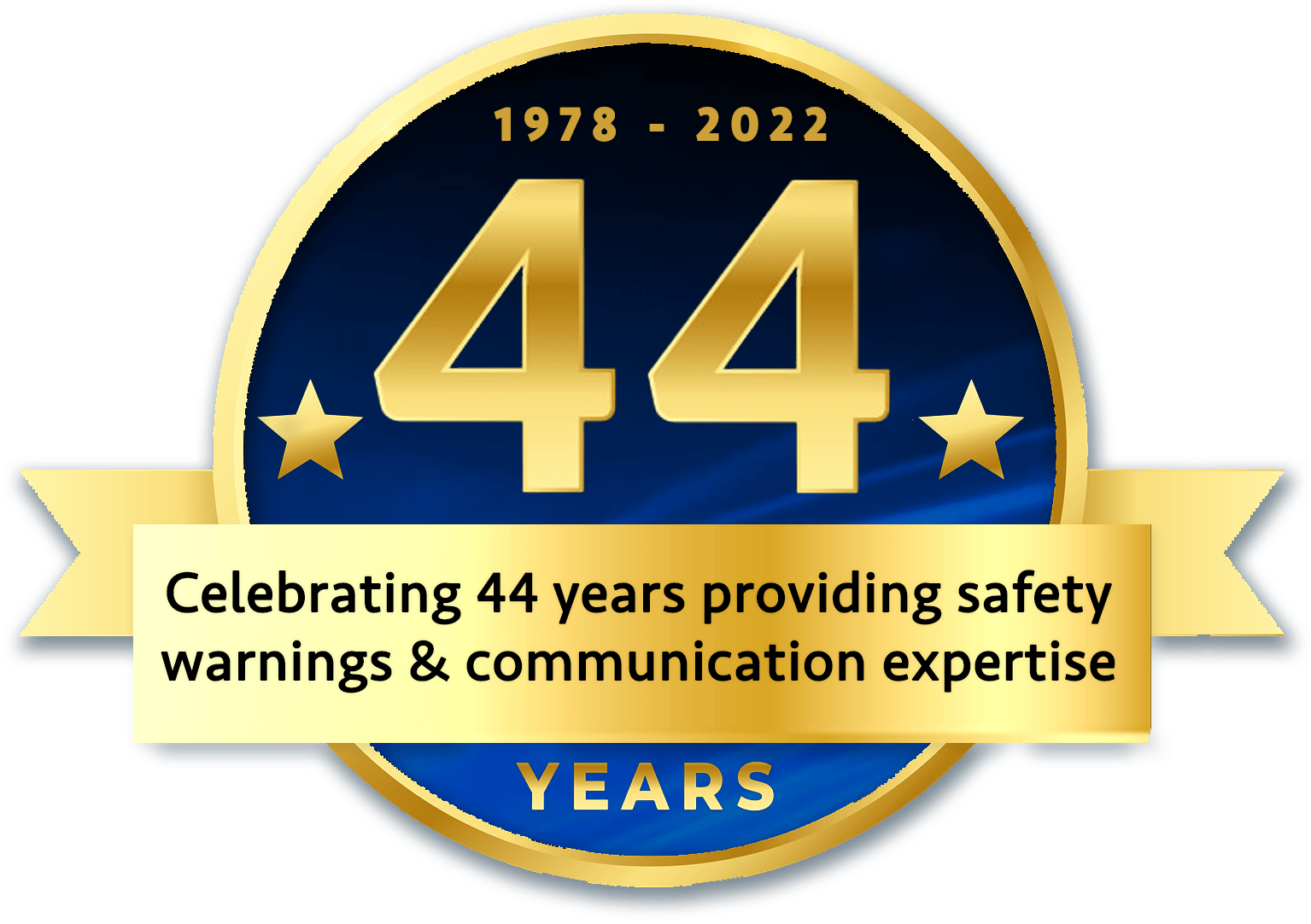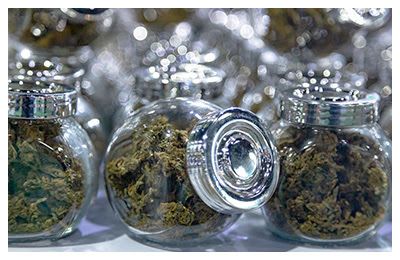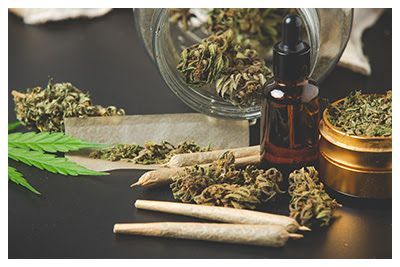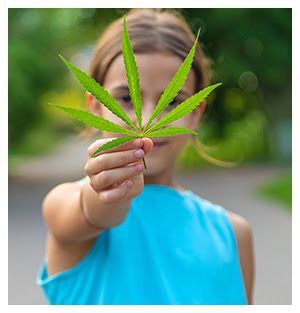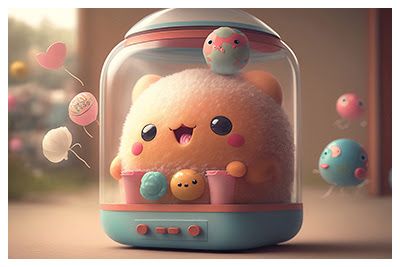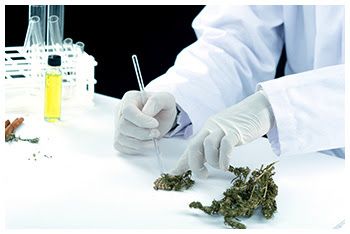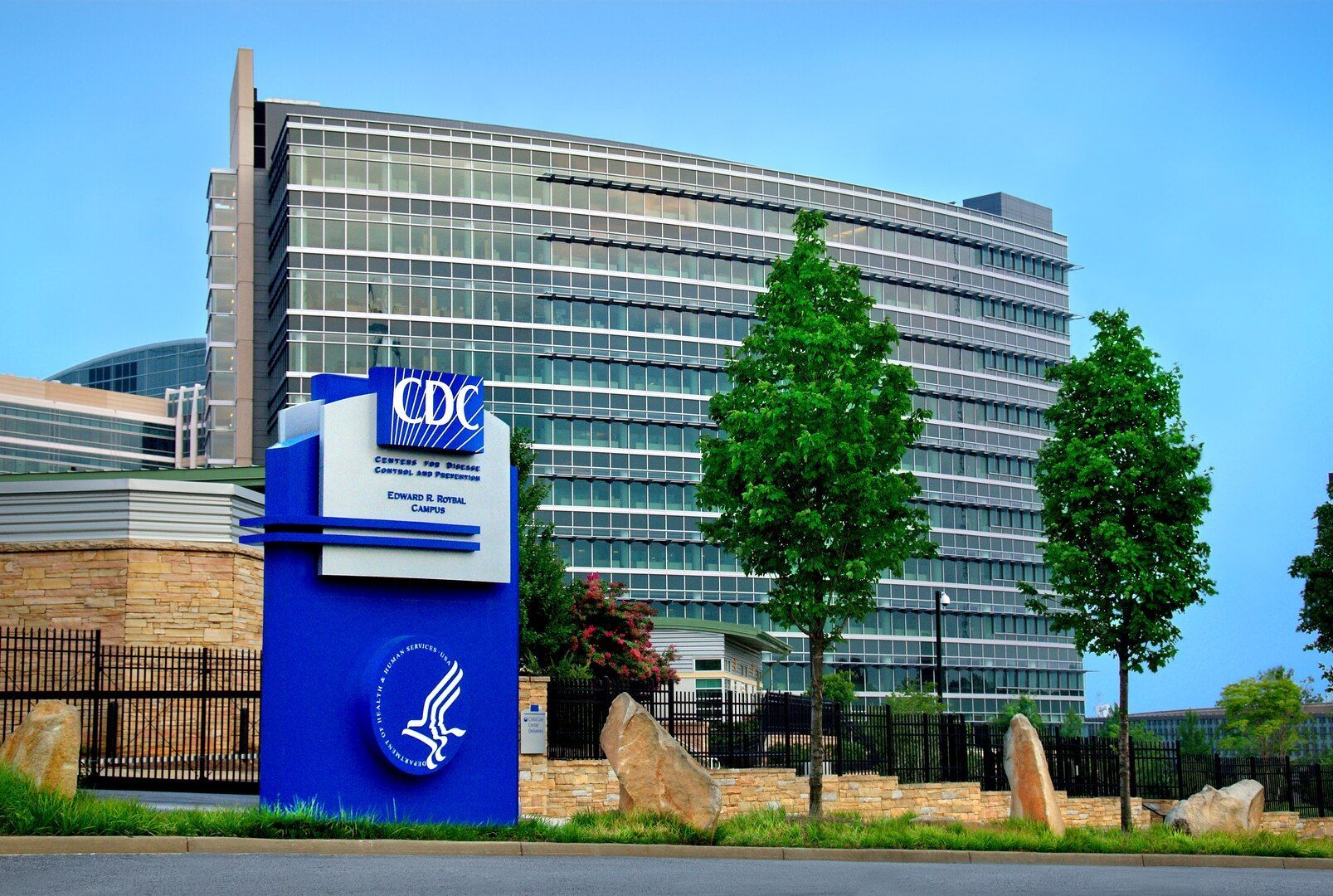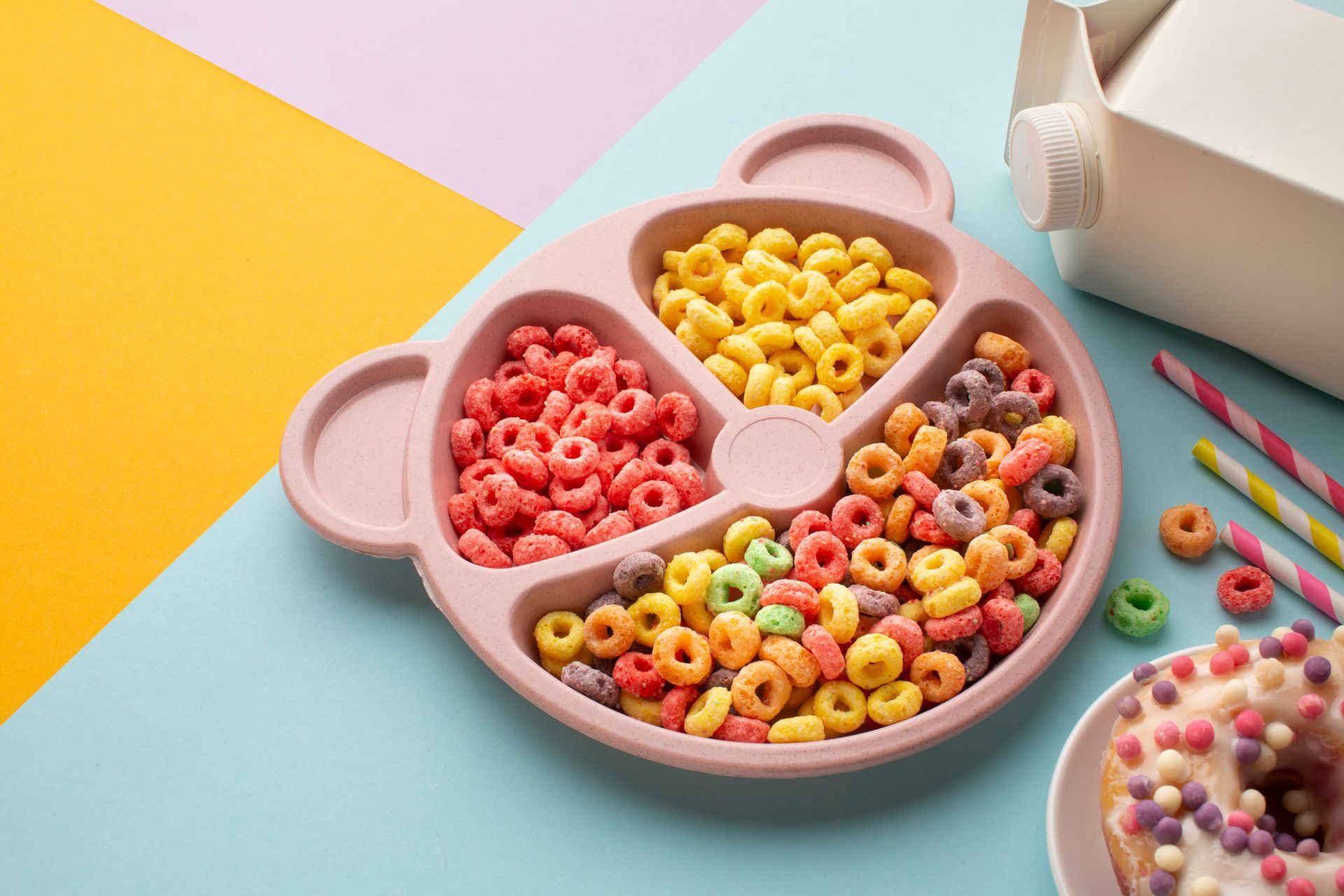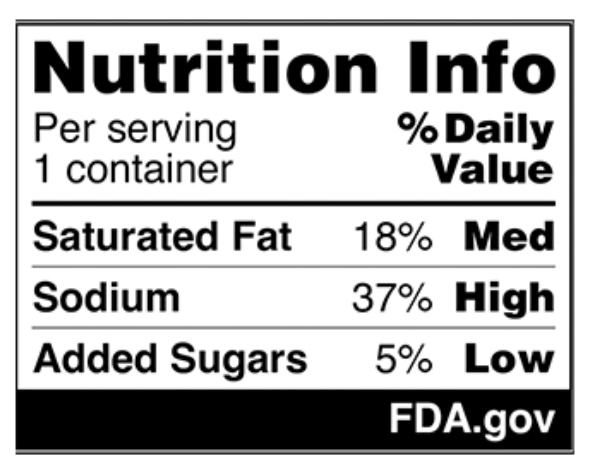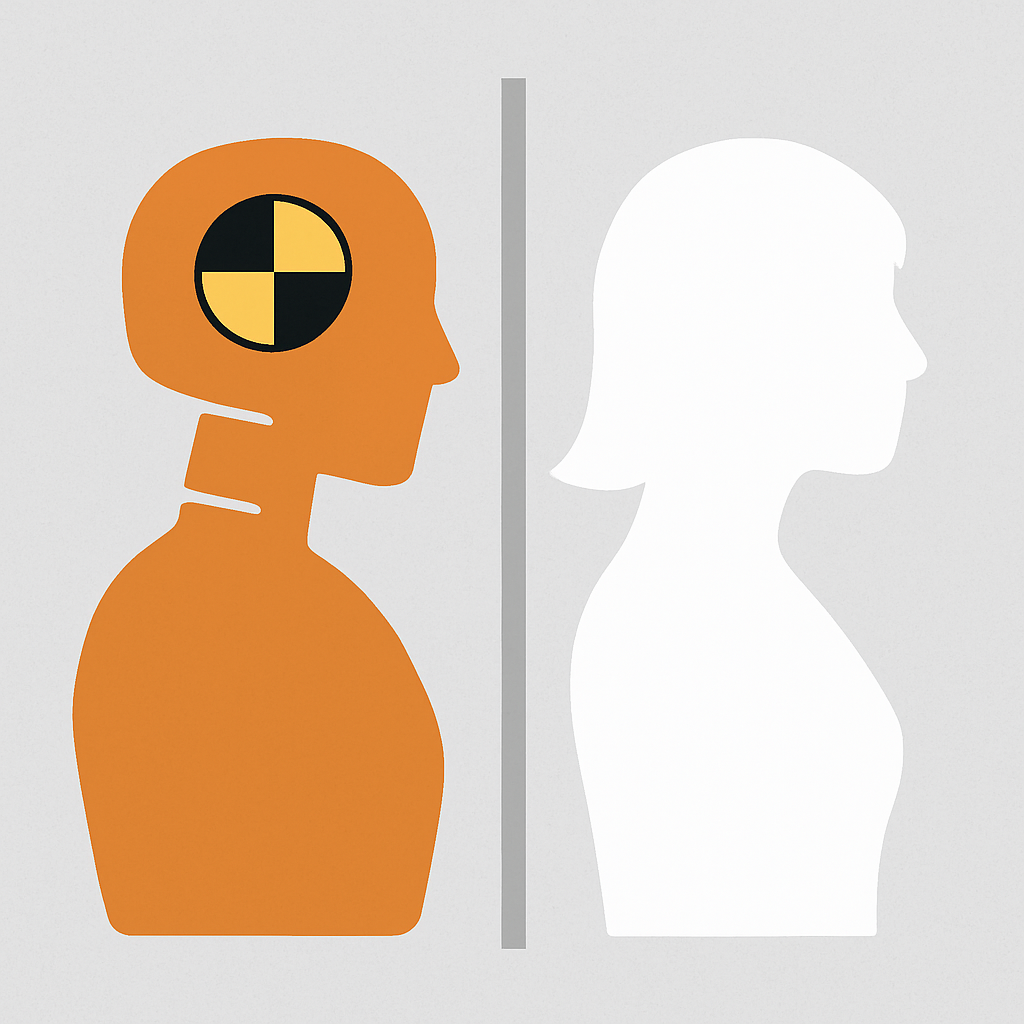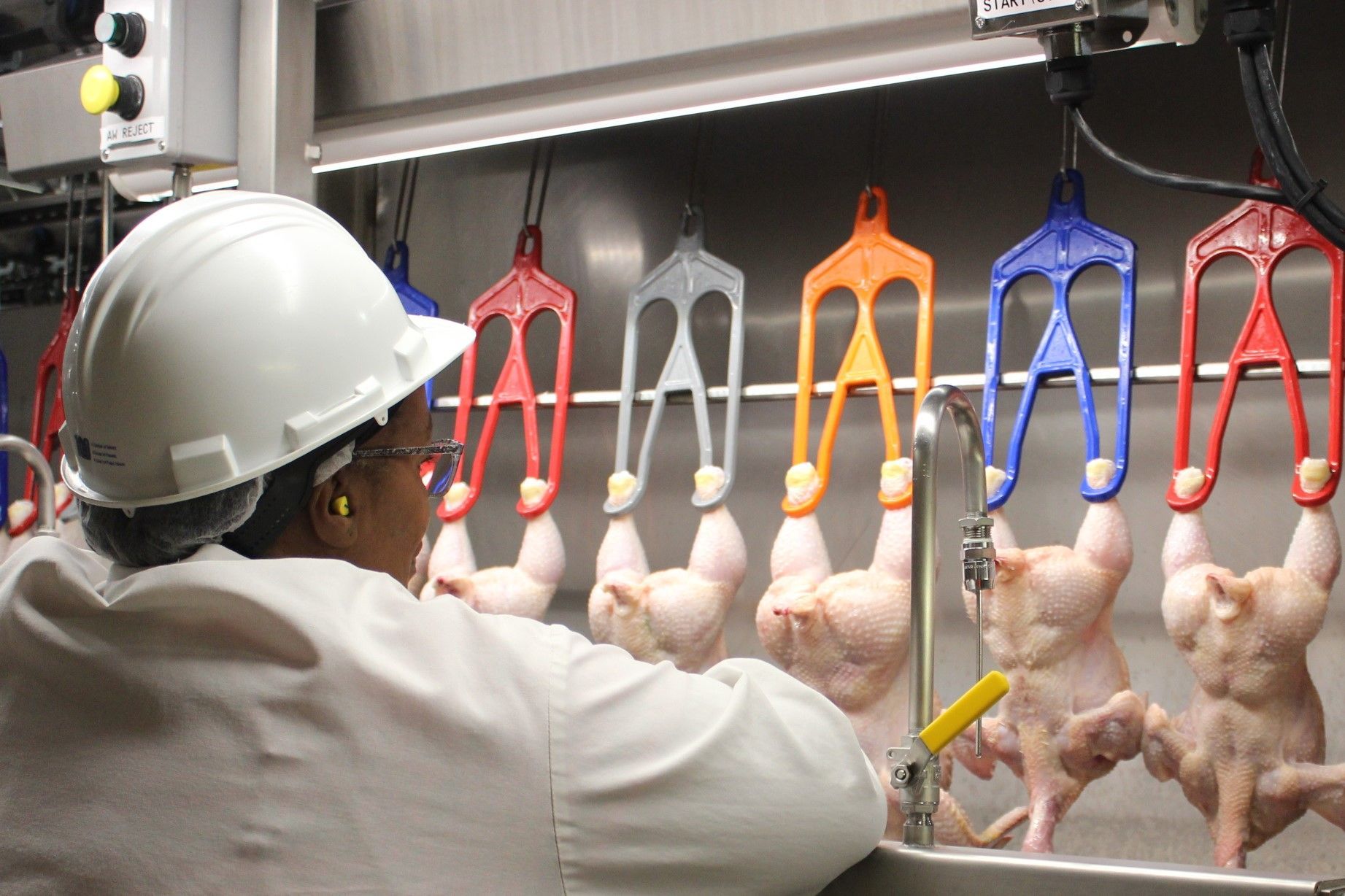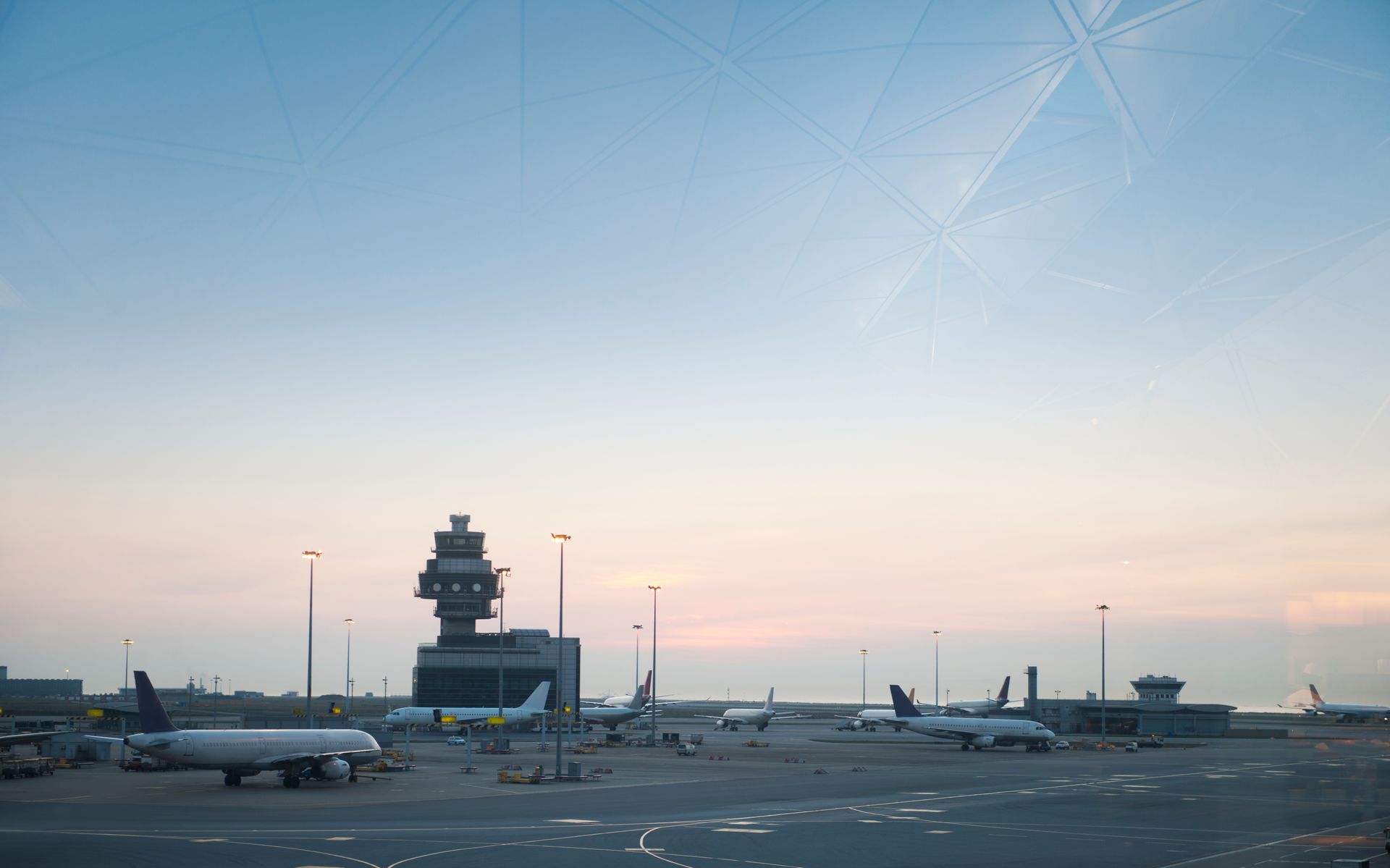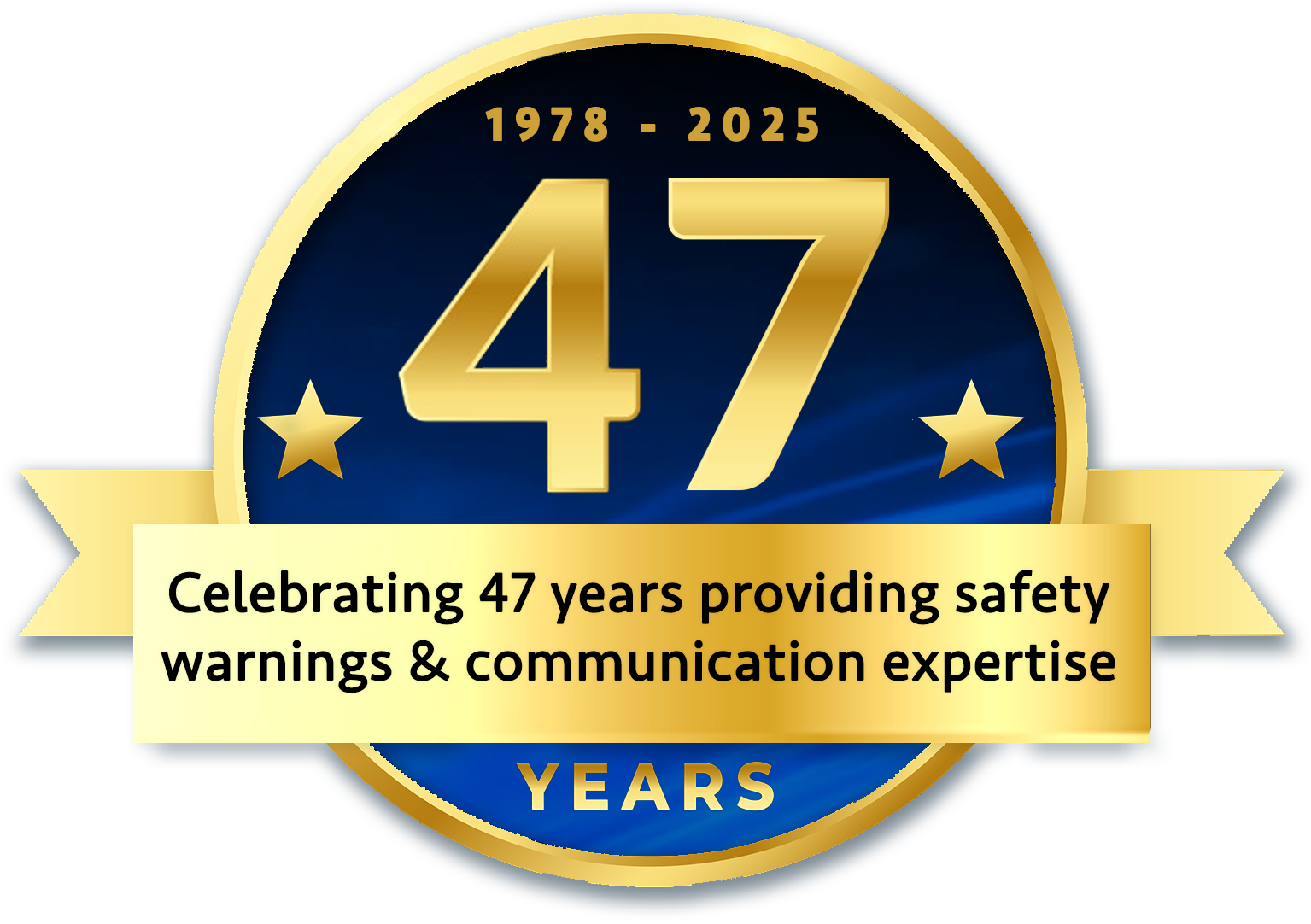On March 31, 2021, New York became the 15th state to legalize marijuana when then Governor Andrew Cuomo signed into law the Marijuana Regulation and Taxation Act, which eliminated penalties for possession of less than 3 ounces of cannabis, and sought to advance racial justice by automatically expunging records of people with past convictions for marijuana-related offenses that would no longer be criminalized. The bill also authorized a social and economic provision that sought to encourage participation in the industry by setting a goal of assigning a minimum of 50% of the licenses for retail stores selling marijuana and associated products to minorities (people of color) and women who were adversely affected by unfair marijuana prosecutions in the past.
It is now, as of this writing, two years later and ONLY 4 licenses have been given out in New York City (3 in Manhattan's East, West Greenwich Village and Union Square and 1 in Queens). The State is about to release 99 new licenses with 54 designated for NYC and the rest scattered throughout the state. The obvious question is why is the state taking so long to issue licenses, but rather than answer that question, this newsletter is addressing the more important question: What has been the impact of the delay in issuing licenses?
